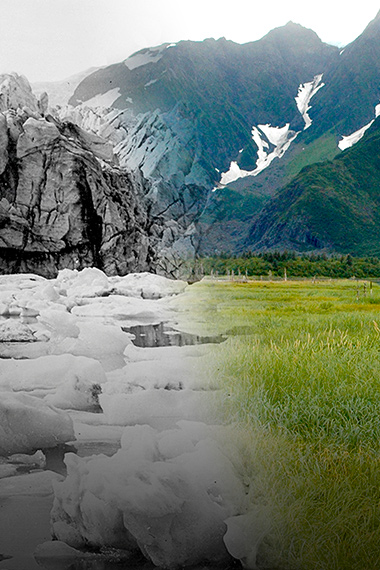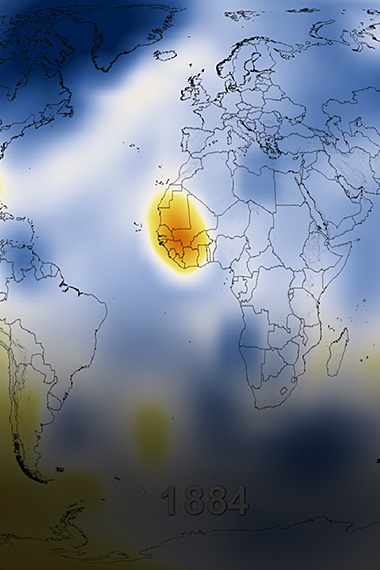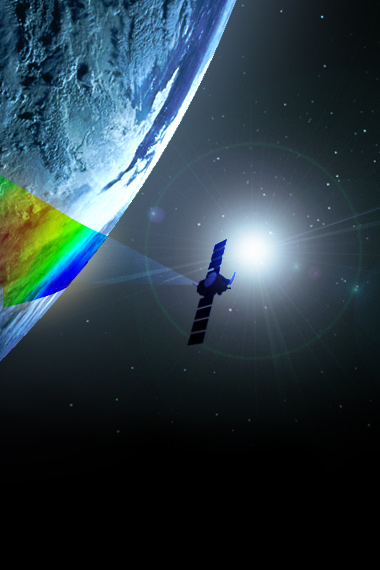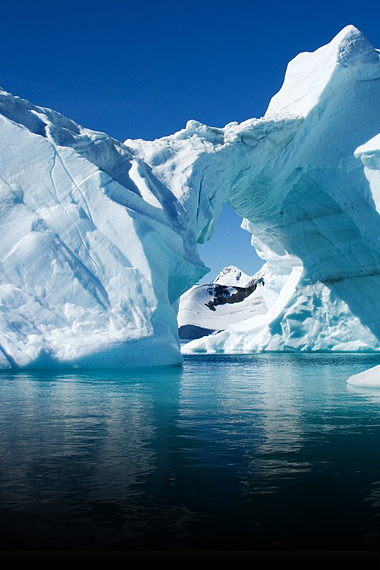MULTIMEDIA
Coco River, Nicaragua and Honduras
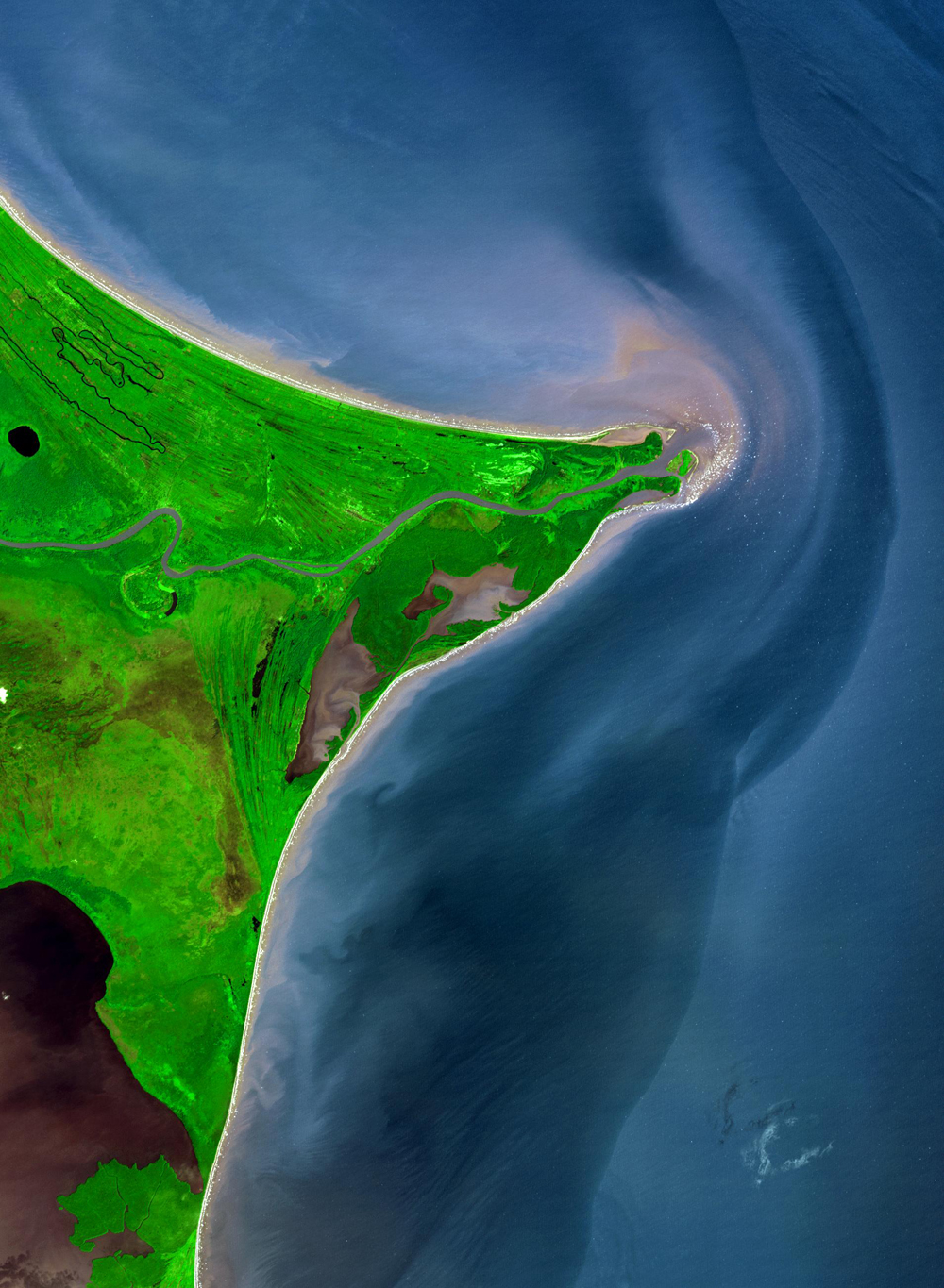
This simulated natural color image shows the Coco River, between Nicaragua and Honduras, as seen from space on December 5, 2002. As it makes its way to the Caribbean Sea, the Coco River forms the border between the two countries. The coastline, known as the Mosquito Coast, is of low relief and has plentiful water bodies, relic shorelines and high temperatures. Mosquito Coast derives its name from its principal inhabitants, the Miskito Indians, whose name was corrupted into Mosquito by European settlers. The Mosquito Indians, of whom there are several tribes, are short in stature and very dark-skinned. The first European settlement in the Mosquito country started in 1630, when agents of the English-chartered Providence Company established friendly relations with the local inhabitants. The image shown covers an area of 29 x 39 kilometers (18 x 24 miles).
Credit
Image taken by the Advanced Spaceborne Thermal Emission and Reflection Radiometer (ASTER) mission onboard NASA's Terra satellite. Courtesy of NASA/Goddard Space Flight Center/METI/Japan Space Systems and the U.S./Japan ASTER Science Team.



























